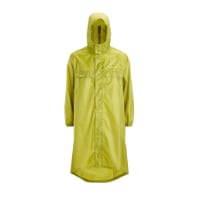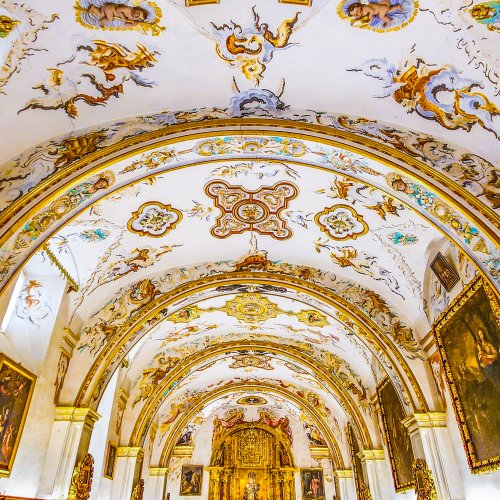Dov of the Galilee
Member
- Time of past OR future Camino
- (2017)
Greetings, I have read and watched in the neighborhood of about fifty hours of material regarding the Camino and each time I learn something new. A frequent mention of the first day is "it's hard, but you'll be fine!" coupled with a recent video of a young couple half my age huffing and puffing , clearly in good shape saying how demanding it is. This made me really wonder and all the more so when I encountered a very thoughtful video by a woman in her fifties stating the drop out rate for the first day is FORTY PERCENT? Is that right?
So my questions are:
1.What happens if you reach a point and you can't go on? It seems that a good part of the way you are next to a road. Do taxis hunt for ailing hikers and carry them forward?
2. Water. I go through a lot of water, and of course more water means more weight. At the most I can find it says that water on the first day is available but sparsely available. That's not really helpful.
If you have answers to either of these questions I'd be most grateful.
Here is the video:
start at :24:28
So my questions are:
1.What happens if you reach a point and you can't go on? It seems that a good part of the way you are next to a road. Do taxis hunt for ailing hikers and carry them forward?
2. Water. I go through a lot of water, and of course more water means more weight. At the most I can find it says that water on the first day is available but sparsely available. That's not really helpful.
If you have answers to either of these questions I'd be most grateful.
Here is the video:
start at :24:28
Last edited:






























